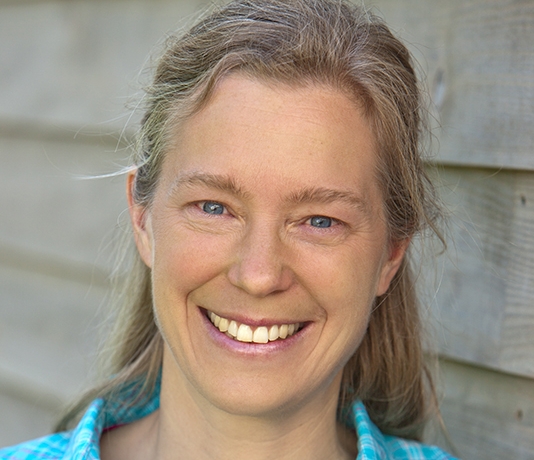
Energy management in the supply chain
Energy efficiency and conversion to renewable energies
Climate protection in the supply chain with Science Based Targets
With SBT, VAUDE is significantly expanding its climate strategy and has set itself the goal of climate neutral manufacturing for all its products worldwide in the future. The VAUDE company site in Tettnang and the Made in Germany products manufactured there have been climate-neutral since 2012.
The use of 100 % green electricity from renewable energy sources, partly through our own photovoltaic systems, the switch to LED lighting and a comprehensive mobility concept are just a few of the measures that have already been successfully implemented to minimize our climate footprint.

»In order to achieve climate-neutral product manufacturing, we will first optimize our supply chain processes from material production to the finished product to ensure maximum conservation of resources as well as high material and energy efficiency and then compensate for unavoidable emissions.«
Measuring energy consumption, reducing emissions
VAUDE is now committed to defining science based climate targets for the global supply chain. These will be made measurable and reviewed in accordance with what is currently the most internationally recognized scientific methodology, the Science Based Targets Initiative.
With the help of a phased plan, VAUDE will initially record the energy consumption of its producers from the global supply chain, including upstream material production.
The introduction of energy management systems in our suppliers' plants is the first, important step towards achieving this. Many of our partners are already well on the way, others are still in the early stages. This will be one of the focal points of our commitment to the supply chain in the coming years.
In order to successively reduce the climate-damaging CO2 emissions in the manufacturing of VAUDE products, the company is also committed to switching to renewable energies and using resource-conserving materials in the manufacturing of its products.
Pilot project Environmental Stewardship
In a pilot project, VAUDE has conducted environmental management training courses with a number of suppliers of textile materials. As a result, we’re seeing savings of over 18 million kilowatt hours of energy in production every year. Read more about the project and its success here.
VAUDE has been participating in a GIZ climate protection project in Vietnam since 2018. The project trains and advises suppliers on energy management and climate protection, how they can reduce energy consumption, climate-damaging emissions and costs – often using simple means.
Most of our fabric suppliers also use the bluesign® System, in which energy efficiency plays an important role. For VAUDE, this is an important component of the entire environmental management system.
Consumption transparency with the Higg Index
Nonetheless, we often don’t have actual figures on the energy consumption of our suppliers or details about the types of energy used for electricity and heating/cooling in each production facility. One reason for this is that we are often only one of many of their clients. Another reason is that a uniform method for measuring the energy consumption of an outdoor product is still lacking.
In the future, we’re hoping that this gap will be closed by the HIGG Index – an international database to evaluate the sustainability of your outdoor pants, jacket, etc. Read more about it here.
No legal requirements
Both the production of materials and components (such as fabrics or zips) and the production of chemical agents (e.g. dyes) or substances required for the functionality of the products (such as water repellency, UV protection, etc.) consume energy. Sewing the products is also energy-intensive.
There are still no legal regulations on the designation of energy consumption in the manufacturing of outdoor products, let alone legal requirements for their energy efficiency.
Company headquarters in Tettnang are climate neutral
| GRI: | 302-1 |
| GRI: | 302-2 |
| GRI: | 302-3 |
| GRI: | 302-4 |




